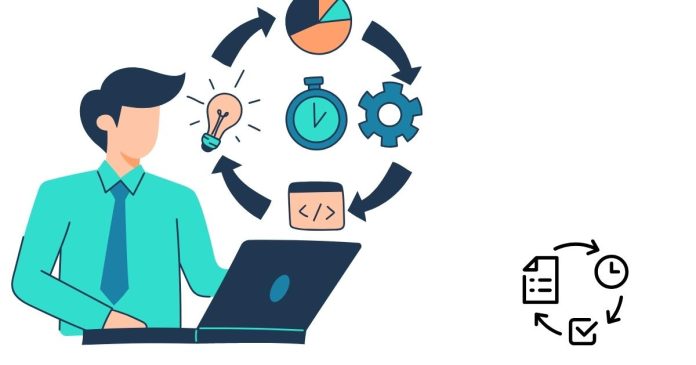In project management, slack time (also called float) refers to the amount of time that a task or activity in a project can be delayed without affecting the overall project schedule or the project’s critical path. Essentially, it’s the buffer or flexibility built into the schedule for a particular task or series of tasks.
There are two types of slack time:
- Total Slack: This is the total amount of time a task can be delayed without delaying the project’s overall completion. It takes into account the entire project’s schedule and is typically the difference between the earliest possible finish time and the latest possible finish time for a task.
- Free Slack: This refers to the amount of time a task can be delayed without affecting the start of any dependent task. Free slack only impacts the specific task and the tasks directly following it, not the overall project.
Key Concepts Related to Slack Time:
- Critical Path: This is the sequence of tasks that determines the project’s total duration. Tasks on the critical path have zero slack time because any delay in them will directly impact the project’s completion time. Tasks that are not on the critical path may have slack time, allowing for some delays without affecting the project deadline.
- Non-Critical Path Tasks: These tasks are not on the critical path and thus may have slack time. Delaying these tasks may not delay the project as a whole, provided the delay doesn’t affect any dependent tasks that are on the critical path.
- Zero Slack: Tasks on the critical path or tasks that have no flexibility in their schedule are said to have zero slack. Delaying these tasks will directly push back the project’s completion.
Calculating Slack Time:
Slack time can be calculated using the forward pass and backward pass in the Critical Path Method (CPM).
- Forward Pass: Determines the earliest start and finish times for each task.
- Backward Pass: Determines the latest start and finish times for each task.
Slack time is then calculated as the difference between the latest finish time and earliest finish time (for total slack), or between the latest start time and earliest start time (for free slack).
Why Slack Time is Important:
- Risk Management: Knowing where slack time exists helps project managers identify tasks that can absorb delays without affecting the overall project timeline. This helps to manage risks and prioritize critical tasks.
- Flexibility: Slack time provides flexibility in case of unforeseen issues, resource shortages, or scope changes.
- Resource Allocation: Slack time can also help project managers adjust resources, as tasks with slack time may allow for rescheduling or reassigning resources without jeopardizing the project’s completion.
- Monitoring Progress: Monitoring tasks with little or no slack time is critical, as any delay in these tasks directly impacts the project’s timeline.
Example:
Imagine a project where Task A needs to be completed before Task B starts, and Task B has a dependency on Task C. If Task C is delayed by 3 days but Task B has 5 days of slack time, the project manager may decide to delay Task C by 3 days without impacting the overall schedule.
In summary, slack time helps project managers maintain control over the schedule, providing an understanding of where delays can be absorbed without causing project delays.


